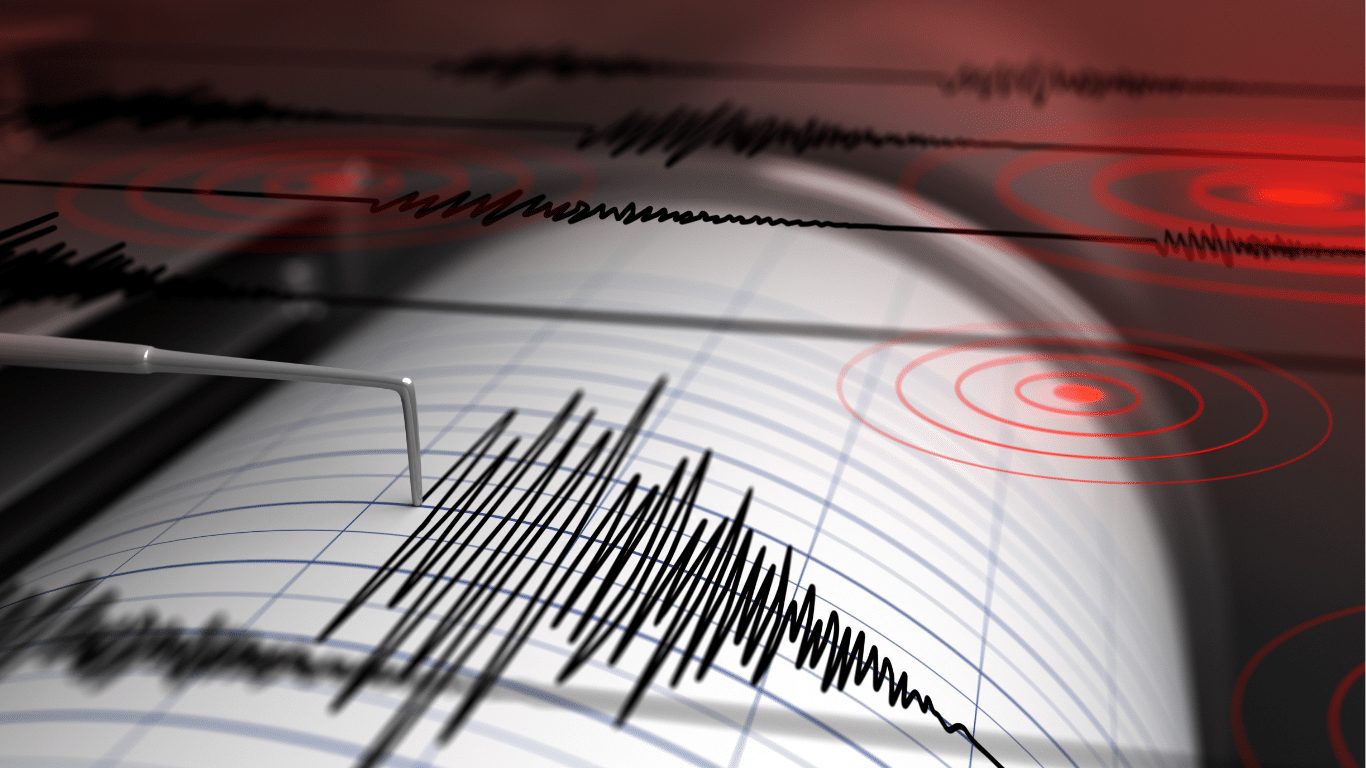9 Things You Need To Do During A Major Earthquake

Being that earthquakes are almost impossible to predict, they can occur at any time and without warning. Earthquake preparedness is essential, particularly for southern California residents and other earthquake prone areas. In fact, southern California gets around 10,000 earthquakes annually, according to the USGS. Most California’s earthquakes are so little and benign that most Californians don’t even feel their impact. With that said, hundreds of So-Cal earthquakes each year have a magnitude of 2.9 and above. If a major earthquake occurs, its aftershock usually produce many more earthquakes of all magnitudes for several months and even years to follow.
When the ground starts trembling and rumbling beneath you, do you know what to do next? If you answer “No,” there’s no need to panic – Save A Life CPR is here to teach you how to survive a major earthquake.
Let’s take a look at these 9 things you need to do during an earthquake.
- Stay Calm
Research shows people don’t usually panic in an earthquake. Instead, individuals are more likely to take a proactive approach and find ways to help others or themselves during an earthquake.
Staying calm during an earthquake is essential, and others may follow suit. If everyone is calm, you can begin working with family members, friends, and others to help everyone involved stay safe. - Know Where to Go and Stay
If you’re indoors during an earthquake, stay there. It’s advised to stand against a wall near the center of the building or crawl under sturdy furniture like desks or tables. Also, make sure to avoid being too close to windows and outside doors.
Now if you’re outdoors during an earthquake, stay outdoors. Avoid power lines or anything that might fall, and stay away from buildings, as stuff can sometimes fall off a building or a building itself could fall on you.
Additionally, if you’re in a car when an earthquake occurs, stop the car, but not near or under bridges, overpasses, buildings, trees, overpasses or utility wires. When stopped, you should stay in until shaking from the earthquake ceases. - Cover Your Head and Neck
Cover your head and neck with one hand. When indoors, crawl under a table/desk or next to a wall far from windows and shelter in place. If you are outside, get on your knees and bend over to protect your most vital organs. - Drop to the Ground
Earthquakes can often knock you off your feet, so drop to the ground on your hands and knees at the first sign of an earthquake. This can be done inside or outside and helps reduce the risk of injury from falling. Additionally, crawling ensures you stay low to the ground as you seek shelter. - Hold On
Grab a hold of anything secure until the earthquake stops. If you’re under a table/desk or any other type of secure shelter, hold the shelter in place with one hand and protect your neck with your other hand. If you’re without shelter, hold on to your head and neck with both arms and hands. - Do Not Run
Do not try to run and exit a building during an earthquake, as you may not be able to stay stable and standing during an earthquake’s tremors. By running outdoors, you are putting yourself at major risk of injury or death due to falling objects from buildings. - Avoid Doorways
There’s a common misconception about going to doorways during an earthquake. Doorways do not provide protection against falling objects, so try to avoid doorways at all costs. - Avoid Elevators
There is no telling when an elevator might stop working, especially during an earthquake. The best way to avoid injury or death in an earthquake is to avoid elevators. If you happen to be near an elevator during the quake, don’t try to use it as a means of escape. - Stay Where You Are
Studies have shown that most injuries occur during earthquakes when people indoors attempt to move to a different location or try to go outside. The best thing to do in an earthquake is to stay where you are. Stay put, don’t move. If you are inside, stay inside. If you are outside, stay outside. Don’t go inside any buildings or into any areas that may have fallen down or have been damaged by the shaking of the ground.
Thanks to these tips, anyone can take the necessary steps to keep themselves and others safe in an earthquake. Of course, emergency preparedness courses from Save A Life CPR can help individuals prepare for earthquakes, disasters and medical emergencies. We train students in basic first aid, cardiopulmonary resuscitation (CPR) and other life-saving topics and help these individuals become key contributors in emergencies. To find out more about our course offerings, please contact us today at (714) 739-2707.




 Last call for our December SALE! Time's ticking – it's your FINAL opportunity this month!
Last call for our December SALE! Time's ticking – it's your FINAL opportunity this month!